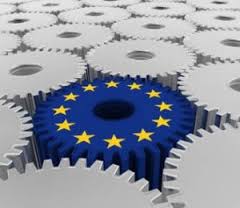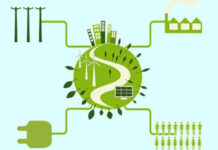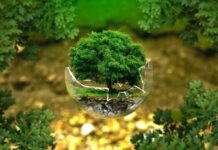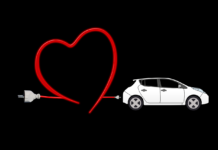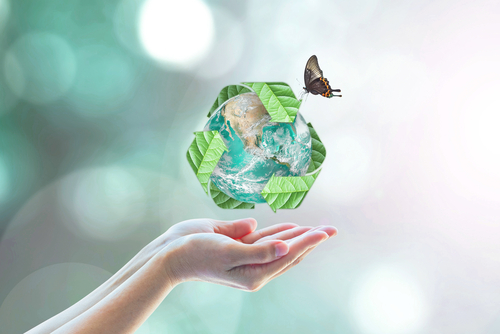
How and when did the idea of rendering the entire production process sustainable was born?
The idea occurred at the end of 1990s. The plant started to produce in the first 2000s, then it was developed and more or less since 2002 we have applied innovative technologies for production. The recent ones, such as the cryogenic collection system which allows us to reach the overall emissions that basically equal zero, dates back to 2012. The input consisted in successful combination of quality and productiveness with eco-sustainability of the production processes applied by our business which is manufacturing of paints for wood. We believe to have attained our goal.
Could you give us some examples of the technologies adopted by your company?
We have the completely closed-loop process technologies. This means that the dosing of both solid and liquid raw materials is done through an automatic loading system based on mass flow meters that ensure extreme precision in dosing of raw materials put into the tank. All our tanks are on load cells that measure in real time the quantities of all substances that we put in. Thus the entire process takes place through and automatic control system. Upon completion of the production process (the recipe is completely automated) we go on to the packaging process. Also this stage is completely automated. Then the quality control process starts which is performed manually. After the approval is given, the packaging processes start automatically. Also in this case automated packaging machines are used. They are very similar, despite different sized, to those applied in the pharmaceutical sector. They are equipped with the systems of emission recovery in the packaging phase. Most of our products are packed into metal tins, whereby a system withdraws the quantity in each tin to catch residual vapors. This ensures a completely closed-loop cycle in the packaging phase. On the one hand, residual vapors are gathered and collected by means of a cryogenic system in order to guarantee really zero emissions. On the other hand, the automatic cycle is completed through the automated palletization of the packaged products.
Could you give us some more details about functioning of the cryogenic collection plant and what advantages does it offer in the packaging phase?
To put it simply, the cryogenic plant works as follows: there is collection of air and residual emission vapors, as mentioned above (also caught in the packaging phase), a collection system which transfers that mix of air and vapors and volatile components from the entire facility to the plant. At that point, airborne components are separated from the solvent components by means of a liquid nitrogen-cooled cryogenic collector. They are collected to be disposed of instead of being emitted into the atmosphere.
Per ricevere quotidianamente i nostri aggiornamenti su energia e transizione ecologica, basta iscriversi alla nostra newsletter gratuita
e riproduzione totale o parziale in qualunque formato degli articoli presenti sul sito.




